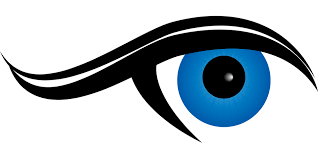To accurately analyze the pupil and collarette for anomalies is a very difficult task for any human to accomplish. Utilizing biometric technology to analyze anomalies of the human eye can highly assist the clinician in determining active pathology in the body.
The field of iridodiagnostics can play an important role in determining inherited genetic weaknesses, however, many of these genetic weaknesses have not yet manifested into an active pathology. For example, a patient who is 18 years old and displays weak connective tissue in the lung sector of the iris does not ultimately represent an active pathology. In most cases, these genetic weaknesses do not manifest until the 4th to 5th generation of life.
The fundamental key to understanding if the genetic weakness has manifested into active pathology is through measuring abnormal parameters of the pupil. In most cases, the collarette and pupil anomalies will be detected in the same iris sector that displays the genetic weakness.
In this sample case study, the upper nasal flatness and drawing in represents tendency toward neuromuscular and spinal tension at C3 to C7, visual disturbances, cranial injuries, liver congestion and possible chronic sinusitis.


